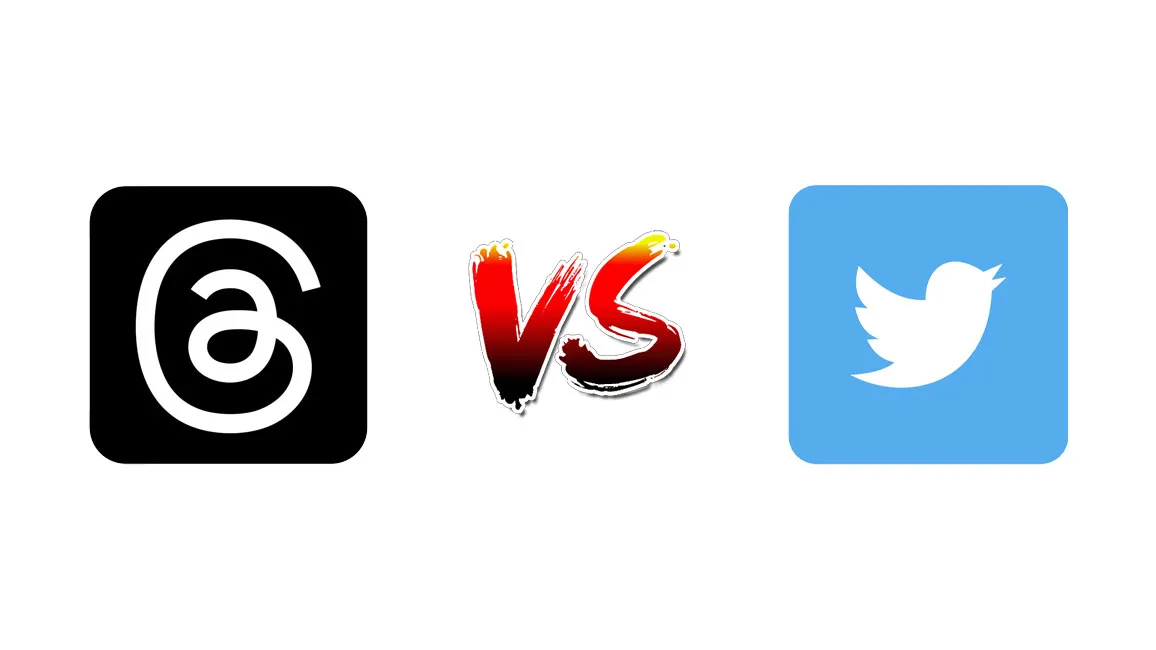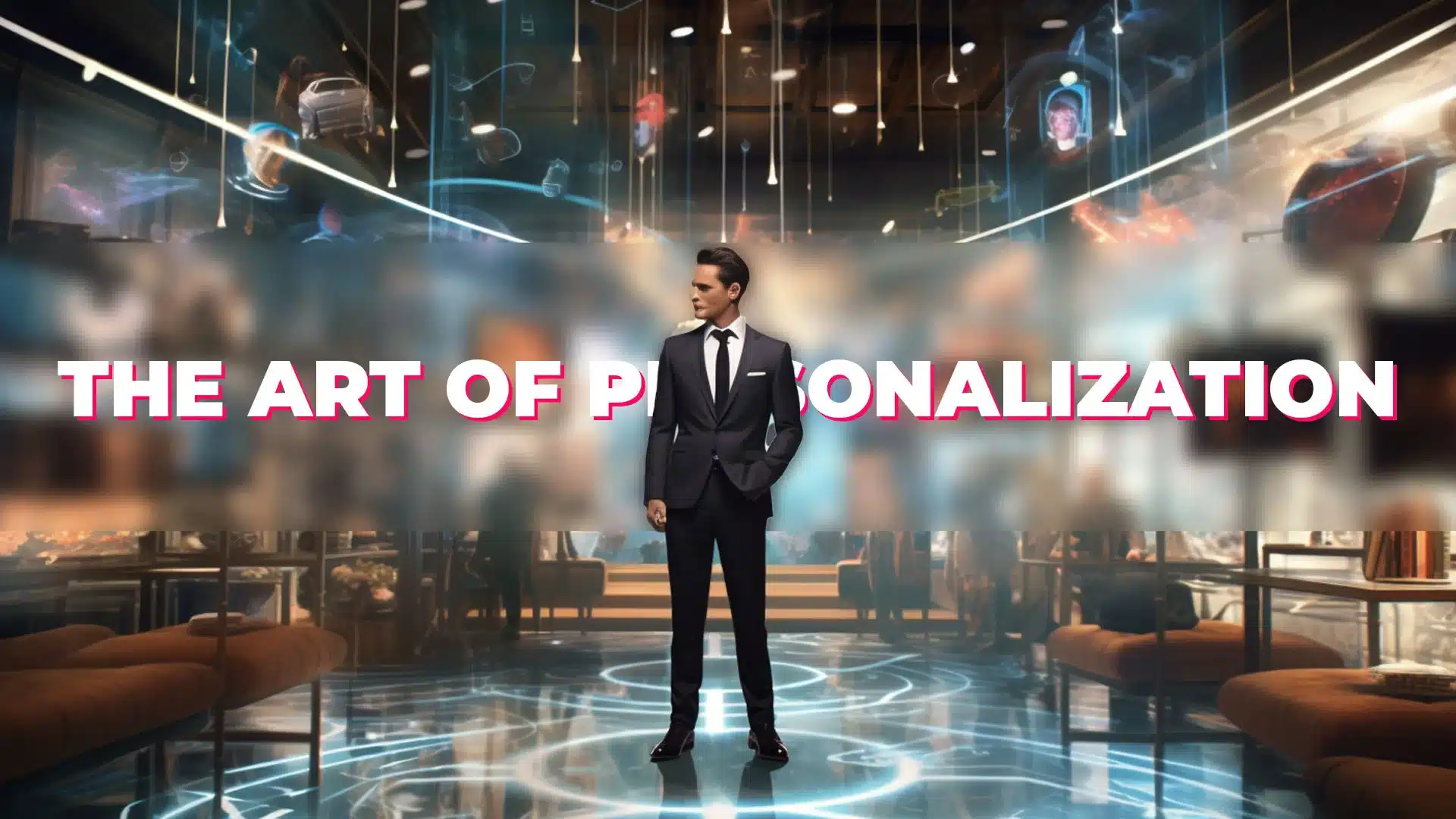Whether you work on a B2B or B2C business model, you need to know how to showcase the unique strengths of your products if you want to stand out from the competition. Product videos are one of the best ways to do this. Versatile and compelling, product videos can, in fact, be the secret ingredient to a successful marketing strategy and put your company in the spotlight.

When crafted by an experienced video production company, product videos can increase conversions and boost customer engagement, while at the same time acting as a powerful branding element.
If you are thinking of creative ways of promoting your products, you have probably heard about the many benefits of product videos, but did you know that these videos have a wide array of uses, depending on the marketing strategy you want to follow? Here are just 7 occasions for which product videos work splendidly:
1. New product launch
Developing a new product requires both human and financial resources, so when the launch time comes, it’s very important to know how to promote this product. Unfortunately, in very competitive markets, it’s easy for brilliant products to fly under the radar and flop, simply because their competitors were better at advertising.
When you’ve put a lot of money and effort into developing something that should do a breakthrough in its market, you want to ensure you have the right animations or videos to communicate about it.
One great strategy to announce a new product is to launch a teaser first, to create some buzz around the product, and then release a long video at the date of the press release.
For example, Swiss company u-blox released a series of 4 short 30-second teasers starting 3 months before the launch, followed by the longer, 2-minute version in the month of the launch:
Teaser videos are often used in online marketing because they spark clients’ curiosity and ensure that the market is already interested by the time the product is launched. They can be used in all industries, but for video games, music albums, automotive launches and store openings, they do incredibly well.
2. To build anticipation for a product that is still under development
When developing new and innovative products, it’s always a good idea to build some anticipation and introduce the market to the concept before the product is launched.
For example, Rollkers.com released this cartoon-animated video just in time for the famous Consumer Electronics Show (CES), even though the product wasn’t ready at the time. Because the concept was unique and interesting, and the product video did a great job at explaining it, the video went viral in 24 hours and was even mentioned via this animation in every media of the world, including at the BBC.
Apart from generating hype around the product, these videos can also attract investors or business partners when displayed at industry events.
3. To explain how a complex product works in simple terms
Some products, especially the ones needed in specialized industries (automotive, medical, computing), are very complex in the way they are built. To understand them, users or prospective clients would have to read a long text, but, with a product video, they can get a good idea of how it works in as little as 60 seconds.
Moreover, because product videos use creative visual techniques, they can make difficult technical terms easier to digest. 3D animations are especially useful for this, which is why many businesses in the aeronautical, IT or automotive fields choose them to promote their products.
According to a recent study, 55% of Internet users only read a page for 15 seconds, then leave it, but 71% of consumers think video explains the product better and would agree to watch a product video. Users simply can’t resist pressing play, as opposed to reading several pages of hard to digest text.
4. To create a useful how to
Did you ever try to install or mount something and instead of reading the user manual you decided to watch a video? These situations are increasingly common, because videos are easier to follow and explain in one minute the equivalent of dozens of printed pages.
Besides, printed diagrams or installation instructions are often limiting and don’t do a great job at displaying the product from all angles. At the same time, the same type of how to can be used to explain all the applications that a certain product has.
How to product video can be made for consumers, like in this example where Hyundai explains how to use their Smart Key System,
or they can be made for professionals, like in this video where Delta explains the benefits of their Orion Controller.
E-commerce videos also fall in this category, especially the ones in the fashion industry. Many online buyers are unhappy with the discrepancy between the way clothes look in pictures and the way they look in reality, which is why the world’s major online fashion retailers now include product videos next to the pictures. This strategy brings value and inspires trust to the customers, who are likelier to make a purchase after watching the video.
Compared to 360° photos, videos can also send audio or text messages and combine various styles that render your message more accurately. They can spark emotion using sound and motion and consolidate your brand because they include your logo or slogan.
5. To emphasize a particular and differentiating feature
Some products are unique as a whole, through the way they solve a certain problem. Others are not necessarily new inventions, but they have one outstanding feature that is new and that solves a user problem.
To make sure your clients know about this feature, you can make it the highlight of a great product video:
Here, in just 19 seconds, OMEGA showcases their brand-new feature – the interchangeable watch strap – and show viewers how the same watch can be given a different look and feel.
6. To explain a new innovative concept
We live in an age where new inventions appear at a staggering pace. People are used to innovation, they welcome it, and they expect companies to solve their problems with functional, targeted products.
If you have developed such a product and want to see it incorporated into daily life, you must highlight it and explain what makes it innovative. Real life situations are the best way to do that, because they transpose an abstract or technical concept, showing viewers clearly what they have to gain by using the product.
For example, in this video posted on the official Android YouTube channel, the OS makers explain the utility of Live Transcribe, a new Android app that helps deaf or hard of hearing people have real life conversations:
7. To optimize a landing page
Landing pages are powerful tools in your SEO strategy, helping you rank for a specific service and gain leads. However, in order for a landing page to reach its desired results, it needs to be optimized properly.
A few years ago, this meant including as many targeted keywords and phrases as possible, but recent Google algorithm changes have brought the focus back on videos. Apart from the fact that landing page videos boost trust and deliver useful information, they are also great for SEO. Pages with videos are 50x more likely to reach page 1 of Google Search results, provided that videos are optimized with relevant titles and descriptions. Moreover, keeping the videos short, around the 90-second mark, is likelier to increase engagement rates and conversions. Don’t forget that the video is the highlight of the page, so place it in the top part, above the fold.










